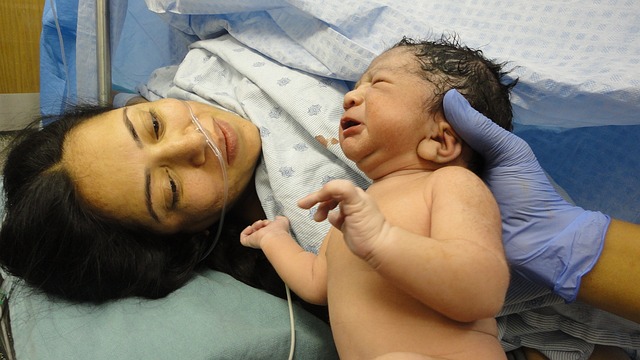
Every year, millions of babies are born worldwide with birth defects. These are problems that occur during pregnancy and can affect a baby’s health, survival, and quality of life. Some birth defects are mild and easily treatable, while others are severe and can be life-threatening.
It’s important to understand what causes birth defects and how we can prevent them. In this article, we’ll discuss common types of birth defects, causes, prevention, and treatment.
Firstly, let’s define what birth defects are. Birth defects are abnormalities that occur during fetal development in the womb. They may affect a baby’s organs, limbs, or body systems, and could be genetic or environmental in nature. Birth defects can range from mild to severe and can result in physical or intellectual disabilities.
Common types of birth defects include heart defects, cleft lip and palate, Down syndrome, and spina bifida. Heart defects are the most common, affecting nearly 1% of all babies born in the United States. They occur when there are problems with the development of the heart’s structure, affecting blood flow and leading to a range of symptoms.
Cleft lip and palate are also common and occur when the tissues of the lip and palate do not fuse properly during development, resulting in a gap or split. Down syndrome is a genetic disorder that affects a baby’s physical and intellectual development, while spina bifida is a neural tube defect that affects the spinal cord and can lead to paralysis.
Birth defects have many causes, including genetic factors and environmental exposures. Genetic causes may include inherited mutations or changes in chromosomes that occur spontaneously. Environmental factors may include exposure to toxins, radiation, or medications during pregnancy.
It’s important to note that not all birth defects can be prevented. However, there are steps that women can take to reduce the risk of birth defects during pregnancy. These steps include:
- Taking prenatal vitamins before and during pregnancy – Prenatal vitamins contain essential nutrients that support fetal development, including folic acid.
- Avoiding harmful substances – Women should avoid smoking, alcohol, and drug use during pregnancy, as these substances increase the risk of birth defects.
- Managing chronic conditions – Women with chronic conditions such as diabetes or epilepsy should work with their healthcare provider to manage their condition during pregnancy.
- Getting early and regular prenatal care – Early and regular prenatal care can help identify potential problems early and ensure the best outcomes for mother and baby.
Treatment for birth defects will depend on the severity of the defect and may include surgery, medication, or therapy. Some defects may require long-term care or ongoing treatment.
Birth defects are common abnormalities that occur during fetal development and could be genetic or environmental in nature. While not all birth defects can be prevented, women can take steps to reduce their risk during pregnancy, such as taking prenatal vitamins, avoiding harmful substances, and getting early and regular prenatal care. Proper screening, diagnosis, and treatment can help ensure the best outcomes for babies born with birth defects.